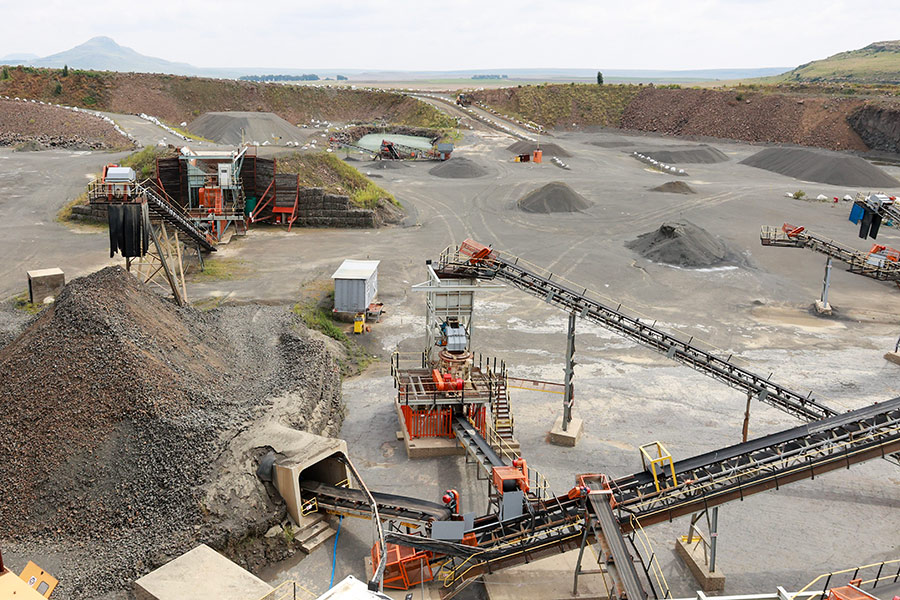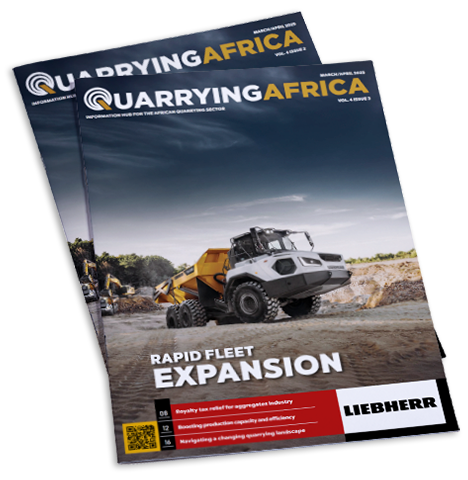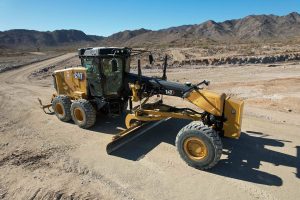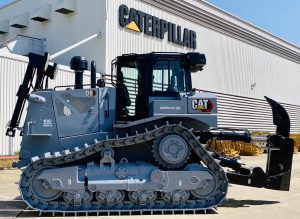Following another round of ISHE audits in 2024, ASPASA auditor Marius van Deventer tells Quarrying Africa that members of the association have once again demonstrated high levels of compliance to ensure employee occupational health and safety in the workplace.
A total of 74 audits was conducted on member operations in 2024, with an average score of 90,16%, achieving the highest score of 98,24%. In addition, 13 more audits were conducted at non-mining operations operating under the Health and Safety Act. The average score achieved by these operations was 88,56%.
Both audit protocols were reviewed in 2024, with some scores and weight of scores changed to put emphasis on compliance issues that the Department of Mineral and Petroleum Resources (DMPR) Inspectorate deems pressing for the industry. While compliance with these new requirements proves to be difficult for members operating in multiple DMPR regions due to different interpretations by the Inspectorate, Van Deventer is encouraged by the great effort that ASPASA members have made to comply.
“The general takeaway from last year’s audit is that compliance among all audited quarries and other operations is of a very high standard. Every year the audit casts the spotlight on areas of improvement and it is encouraging to see the continuous improvement efforts by members to meet these audit protocol requirements,” says Van Deventer.
Scope
The ISHE audit covers all operations at the quarry that fall under the legal requirements of the Mine Health and Safety Act and other applicable regulations. Audits are also conducted on member operations that are governed under the Occupational Health and Safety Act.
A structured audit process is followed by in-depth inspections of facilities on site. The auditor then inspects the documentation of the operation’s health and safety system. Legal registers, inspections, pre-start checklists, licences to operate machines and isolation records, amongst others, are some of the important documents that form part of an operation’s health and safety system. The audit process also evaluates employee knowledge on technical, plant, machinery and mining area legal requirements, which is key to maintaining a safe working environment.
Van Deventer confirms the addition of a new protocol to the 2024 audit process, which was aimed at testing and educating employees on their ability to conduct major accident investigations and respond to enquiries by the DMPR. The audit protocol was based on actual industry accidents that occurred during the previous year. The protocol has been revised again for the 2025 audit and extensive changes have been agreed by members.
“A key role of the audit process is to provide guidance and add impetus to the industry’s drive for zero harm. Knowledge and experience are shared right across the industry to uplift the understanding, attitude and behaviour of all employees responsible for managing health and safety,” explains Van Deventer.

Audit findings
The overall health and safety performance of ASPASA members was exceptionally good in 2024, demonstrated by the highest number of operations achieving Showplace Status (95% and above) since the introduction of this audit protocol.
“Total commitment is required in the industry’s quest for zero harm, and ASPASA members audited in 2024 have demonstrated just that,” says Van Deventer. “The audit outcomes have again shown that ASPASA members are fully committed to the health and safety of their employees and interested parties affected by their operations.”
Van Deventer says there was a general improvement from the previous year’s audit at most of the sites, with members plugging the compliance gaps that had been identified during the 2023 audit. These operations, he says, need to be complimented for their continuous efforts to improve and dedication to health and safety.
One of the positive takeaways from last year’s audit was the appetite for information-sharing in the industry, which has become a crucial aspect of the audit. Quarry managers are eager to learn from each other’s best practices to improve their own health and safety performance.
“There were a number of positives to write home about in the 2024 audit. One of them is the general improvement in the compliance to machine guarding requirements. In addition, mine development in accordance with mine planning and no serious incidents of mine failure recorded is something that members of ASPASA should be commended for. In general, employees are better informed about requirements and knowledge of safe working conditions. More importantly, no fatalities were recorded among ASPASA members during the audit period,” says Van Deventer.
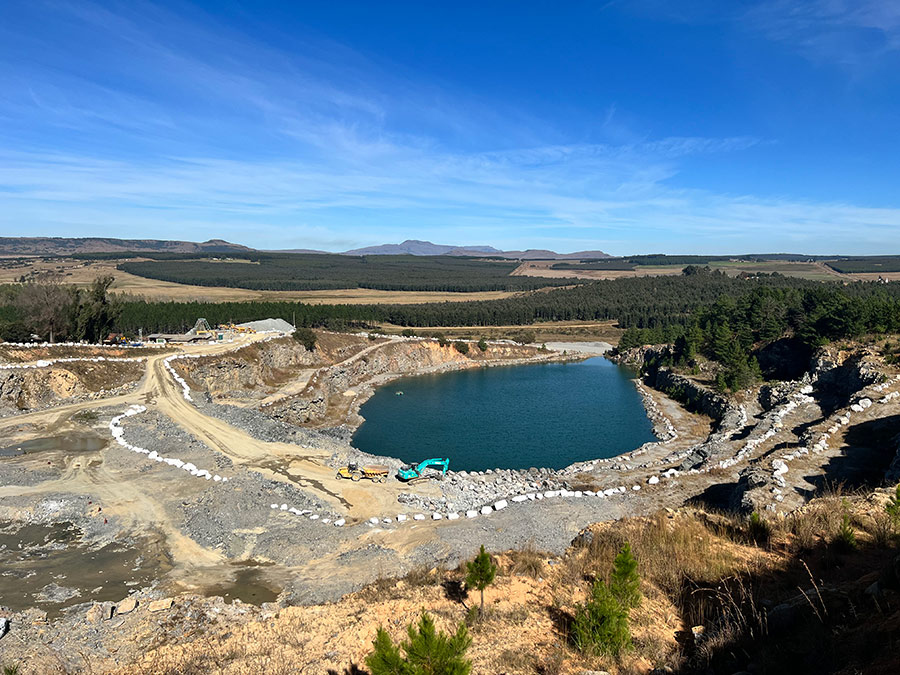
Areas of improvement
While the industry generally exhibited high health and safety standards, there were several areas of concern cited in the audit report. Van Deventer says one of the major concerns was the several serious injuries recorded during the auditing period.
“This is very unfortunate, but action steps have been taken to prevent recurrence,” he says. “In some instances, proper investigations of accidents and incidents remains unsatisfactory, with operations failing to establish the root cause of the accident, which is key to closing the loop and establishing control measures to prevent it from happening again.”
Other areas of concern highlighted in the 2024 audit, which will receive special attention during the 2025 audit, include compliance to own standards and procedures; liaison with local communities and neighbours, especially when it comes to blasting events; too many lost time injuries, disabling injuries and reportable injuries recorded; and identification of risks and/or non-compliances. Operations should also improve on their pre-start inspections of plant and trackless mobile machinery (TMM).
Other areas of focus include the need for full implementation of traffic management plans; improving housekeeping in plants; repeat findings from previous audits; full compliance to isolation and lockout requirements; attention to accident/incident investigations to establish root causes; near miss reporting; contractor management; and emergency training and mock drills.

Audit results
In the quarrying space, a total of 74 audits were conducted on mining operations, with an average score of 90,16%, up from the 89,84% achieved during the 2023 audit. For the fourth year running, Afrimat Qwa Qwa was named the Top Overall Performer with a 98,24% score, highlighting the operation’s unparalleled focus on health and safety performance. Afrimat Qwa Qwa also achieved a Showplace Status for the fifth consecutive year.
Eskay Crushers was named the Top Independent Performer and the overall runner-up with a 97,7% score. Located in Piet Retief, a small town situated in Mpumalanga province, Eskay Crushers has continuously set the bar high in terms of compliance. “I have been auditing Eskay Crushers since 2008, and every year the operation has demonstrated continuous improvement to its health and safety standards. Mine manager John Davis and his team are committed to ensuring a safe and healthy environment for all,” says Van Deventer.
On non-mining operations governed by the Occupational Health and Safety Act, 13 audits were conducted during 2024, with an average score of 88,26% achieved. Van Deventer commends the achievement, highlighting that it was the first time for most of these operations to be audited under the ASPASA audit protocol.
“The results of the 2024 ISHE Audit are of extremely high standard. All participating members should be commended for their expectational efforts, commitment and performances during the year,” concludes Van Deventer.
Breakdown of achievements in the 2024 ISHE Audit (Mining)
| Showplace Status (95% +) | 20 operations |
| 5 Shield Status (90-95%) | 34 operations |
| 4 Shield Status (80-90%) | 13 operations |
| 3 Shield Status (70-80%) | 6 operations |
| 2 Shield Status (60-70%) | 1 operation |
| 1 Shield Status (50-60%) | None |
| Participation (< 50%) | None |
Breakdown of achievements in the 2024 ISHE Audit (Non-mining)
| Showplace Status (95% +) | 2 operations |
| 5 Shield Status (90-95%) | 5 operations |
| 4 Shield Status (80-90%) | 5 operations |
| 3 Shield Status (70-80%) | None |
| 2 Shield Status (60-70%) | 1 operation |
| 1 Shield Status (50-60%) | None |
| Participation (< 50%) | None |
